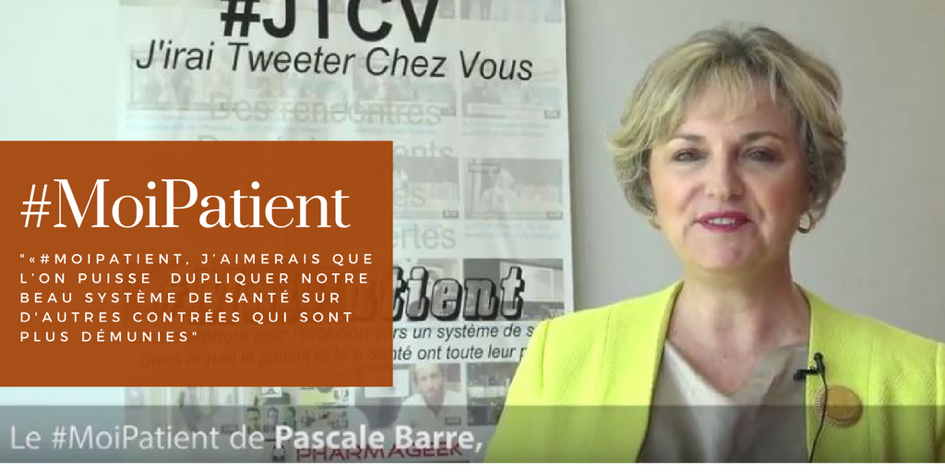This App Can Detect Skin Cancer In 7 Out Of 10 Cases: Here’s How It Works
13/11/2014E-santé : l’âge de maturité ? / Health 2.0 Europe – morceaux choisis -Tribune du Club Digital Santé par Pharmageek #hcsmeufr
13/11/2014Study: Physician social networks may be more effective than medical journals
Researchers have found that social physician networks may be more influential than traditional medical journals. Data from a new survey showed that doctors who are connected to influential colleagues and pass information via social networks are more likely to adopt new treatments and procedures.
Innovative practice adoption
New research published in the journal Physical Review X examined how social networks of critical care physicians at Northwestern Memorial Hospital influenced their adoption of innovative diagnostic practices. Over the course of nine months, 20 out of 36 doctors began using a new, high-impact serum assay test when it was promoted by a few key physicians.
The assay had previously been reported in medical journals as an effective way to diagnose bacterial infections and sepsis, but had not been adopted at the hospital. When the method was promoted internally by a few influential physicians, staff quickly adopted the practice.
« The traditional [adoption] model is [that] a study is published in a journal and discussed at medical conferences, and then doctors in that field [are] supposed to integrate that into their clinical practice, » said Curtis Weiss, M.D., lead author of the study. « The problem with that is doctors are busy and do not always read the journals or go to those conferences. »
The researchers concluded that peer recommendations about new procedures could speed adoption and help to increase quality of patient care around the country.
Digital networking
As more communications become electronic, like electronic health records and online patient portals, social physician networks are following suit. InformationWeek explained that healthcare professionals are joiningspecialized online communities to seek information and advice on new procedures, devices and reforms. A survey from AMN Healthcare found that in 2011, 48 percent of physicians used online sites for professional networking, a 10 percent increase since 2010.
Experts believe that these sites can be beneficial, as physicians are able to exchange information and opinions with peers around the globe.
« Members have access to [more than] 35 percent of the U.S. physician population to engage in discussion on any healthcare topic in an open, collaborative environment, » Jon Michaeli, senior vice president of the physician-only online community Sermo, told InformationWeek.
In order to protect sensitive information, these physician networking sites address healthcare privacy and security mandates. This is a desirable alternative to unsecure websites like Facebook or LinkedIn, and the benefits of these websites will likely spur further adoption by industry professionals.
Source: www.nuemd.com




